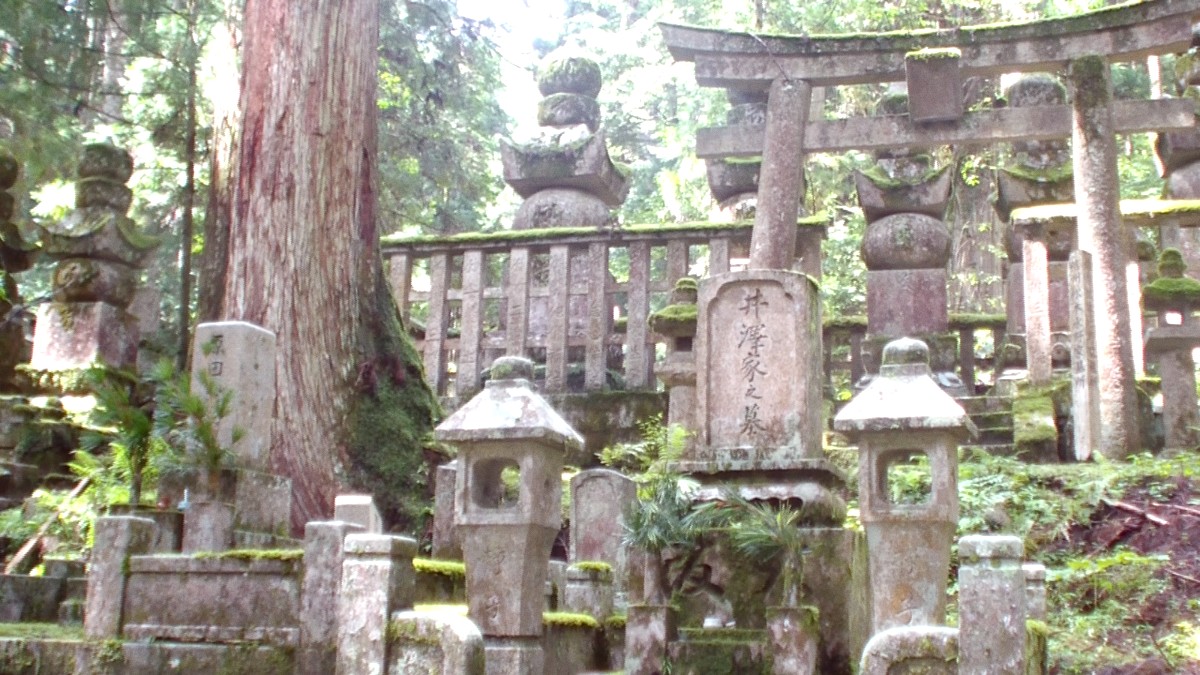
Central Honshu, Japan
Takayama, nestled in the Hida region of the Japanese Alps, developed a distinct culinary identity.
Its mountainous location led to a greater reliance on freshwater fish, mountain vegetables (sansai), and preserved foods. Long, cold winters nurtured traditions of fermenting and preserving ingredients, notably miso.
Remove your shoes when entering traditional restaurants, ryokans, and some izakayas.
Never stick them upright in rice; do not pass food chopstick to chopstick. Use provided rests.
Say "Itadakimasu" before eating and "Gochisousama" after your meal.
The most famous local specialty, Hida Beef is high-grade wagyu known for its intense marbling and rich flavor. Enjoy it as sushi, skewers, steak, shabu-shabu, or sukiyaki.
Find Hida Beef sushi at stalls in Sanmachi Suji and morning markets.
A distinct regional ramen with a light, soy-sauce-based broth and thin, curly noodles. Toppings typically include char siu pork, menma, and green onions.
Many ramen shops throughout the city offer this local favorite.
Miso paste mixed with wild vegetables and mushrooms, sometimes with Hida Beef, grilled over charcoal on a magnolia leaf. The leaf imparts a subtle aroma.
Served as a side or main course in traditional restaurants and ryokans.
Takayama is a well-known sake brewing region. Visit local breweries for tastings and purchases.
A sweet, non-alcoholic fermented rice drink, often served hot in winter or cold in summer.
Restaurants specializing in high-grade Hida Beef, offering a luxurious dining experience. Reservations recommended for dinner.
Abundant options offering a wide variety of Japanese cuisine, with comfortable atmospheres and good value.
Excellent for affordable and quick meals, especially at markets and small shops.
Active daily along the Miyagawa River (approx. 6-7 AM to noon). Sells fresh produce, local crafts, and street food.
A prime location for affordable and quick meals.
Daily in front of Takayama Jinya (approx. 6-7 AM to noon). Focuses more on fresh produce from local farmers.
Offers a glimpse into local life and fresh ingredients.
Good for affordable bentos, onigiri, snacks.
Limited, but some Western or fusion options near station/hotels.
The true culinary highlight of Takayama remains its local fare.
Fresh seasonal ingredients are a focus.
Very limited to non-existent in Takayama. Self-catering or specific online research is necessary.
Consider carrying your own snacks and prepared meals.
Difficult due to pervasive soy sauce (wheat) and dashi (fish broth).
Carry a Japanese allergy card. Bringing some Gluten-free snacks from home is advisable.
Staying in accommodations with kitchen facilities offers great flexibility for dietary needs.
Awareness of common Japanese ingredients will support your dining choices.
Opportunities to try local crafts like wood carving or pottery, reflecting the "Hida no Takumi" legacy. Inquire at the tourist information center.
Visit historic sake breweries in the old town for tastings and insights into the traditional brewing process using pure mountain water.
Some private operators or ryokans offer classes on making local dishes like Hoba Miso or soba noodles.
Support local small businesses (traditional shops, family-run minshuku, restaurants) to preserve cultural heritage.
Your patronage directly benefits the local community.
No formal language classes for tourists.
Polite communication appreciated by locals.
Eating Hida Beef sushi from a street stall, often served on a rice cracker instead of a plate, an iconic Takayama culinary moment.
Directly sampling sake at local breweries with explanations of the brewing process.
Tipping is not customary in Japan; it can be confusing or even rude. Service charges may be included in the bill at higher-end establishments.